
The Middle East in 2025 remains one of the world’s most complex and closely watched regions. With a blend of historical tensions, evolving diplomacy, and socio-economic challenges, the region continues to reshape global politics and alliances.
As 2025 unfolds, shifting power dynamics, climate concerns, and conflict zones define the Middle East 2025 landscape. From the unresolved Israel-Palestine issue to Iran’s new diplomatic posture and economic ambitions, the challenges and opportunities facing the region are both familiar and new.
Israel-Palestine Conflict: Still No Resolution in Sight
The Israel-Palestine conflict continues to dominate headlines in Middle East 2025, with fresh outbreaks of violence and stagnant peace talks.
-
Jerusalem & Gaza Tensions: Clashes in Gaza and East Jerusalem early in the year triggered international concern over human rights violations and military escalations.
-
International Mediation Efforts: The UN, U.S., and EU have reiterated support for a two-state solution, but peace remains elusive due to deep-rooted mistrust.
-
Domestic Political Hurdles: Internal instability within both Israeli and Palestinian leadership hinders progress on meaningful diplomacy.
Yemen in 2025: The Unresolved Humanitarian Catastrophe
Yemen’s civil war enters yet another year, marking it as one of the longest-running crises in Middle East 2025.
-
Houthi-Saudi Conflict: Sporadic clashes continue, with no comprehensive peace deal in place.
-
Humanitarian Disaster: Over 20 million people require urgent aid. Food insecurity and lack of healthcare persist.
-
UN Peace Talks: Negotiations have resumed but are mired in political division and militia control.
Iran in Middle East 2025: Post-Sanctions Diplomacy & Domestic Woes
In Middle East 2025, Iran is recalibrating its global relationships after partial sanctions relief in late 2024.
-
New Nuclear Deal: A modified agreement with the EU and Asian powers aims to regulate enrichment activity, while U.S. involvement remains cautious.
-
Regional Activities: Iran’s strategic outreach in Iraq, Syria, and Lebanon sparks friction with Gulf states and Israel.
-
Internal Economic Strain: While oil exports are up, inflation and youth unemployment continue to challenge the Iranian government.
Syria’s Fragile Peace and Reconstruction in 2025
Syria in Middle East 2025 is navigating a slow and fractured rebuilding phase, with limited international support.
-
Territorial Control: Assad’s forces, with Russian backing, hold most urban centers. Idlib and Kurdish regions remain contested.
-
Refugee Crisis: Neighboring countries struggle with over 5 million Syrian refugees, burdening public services.
-
Funding Gaps: Western nations remain hesitant to invest in reconstruction without political transition.
Gulf States in 2025: Economic Diversification & Strategic Diplomacy
The Gulf Cooperation Council (GCC) nations are playing a vital role in shaping Middle East through reform and diplomacy.
-
Vision 2030 in Motion: Saudi Arabia and the UAE are investing in tech, tourism, green energy, and entertainment to reduce oil dependency.
-
Diplomatic Strategy: Gulf states balance relations between the U.S., China, Russia, and regional rivals like Iran.
-
Saudi-Iran Relations: Dialogue has resumed, reflecting a cautious step toward de-escalation in the region.
Iraq in Middle East 2025: Struggling for Reform Amid Instability
Post-ISIS Iraq in 2025 is still facing deep-rooted political and social unrest, while slowly moving toward reform.
-
Youth-Led Protests: Calls for transparency, jobs, and independence from foreign influence remain strong.
-
Militia Tensions: Iran-backed militias challenge state authority, creating flashpoints of violence.
-
Economic Fragility: Reliance on oil exports and weak infrastructure hinder long-term recovery.
Lebanon in 2025: A State on the Brink
Lebanon’s descent into economic and political collapse is one of the starkest examples of crisis in Middle East.
-
Financial Breakdown: Hyperinflation and currency collapse have devastated livelihoods.
-
Brain Drain: Skilled professionals continue to emigrate, depleting the country’s future prospects.
-
Hezbollah Influence: The militia’s dominance complicates both internal politics and foreign aid prospects.
Abraham Accords in 2025: Normalization Expands with Caution
The Abraham Accords continue to reshape diplomacy in Middle East, though public skepticism remains.
-
New Members Considered: Oman and Indonesia are speculated to be next in line to normalize ties with Israel.
-
Economic Upswing: UAE-Israel trade, tourism, and tech partnerships grow stronger.
-
Mixed Sentiment: While governments pursue normalization, public opinion is split—especially amid continuing Israeli-Palestinian tensions.
Water Scarcity and Climate Crisis in Middle East 2025
Climate change is a growing threat in Middle East, impacting food, water, and cross-border relations.
-
Nile Water Dispute: Egypt, Sudan, and Ethiopia’s Grand Renaissance Dam standoff remains unresolved.
-
Water Innovation: Jordan and Israel lead regional desalination and solar energy collaborations.
-
Climate-Driven Migration: Rural populations are increasingly forced to migrate due to failed agriculture and water shortages.
Conclusion: Middle East 2025 at a Critical Juncture
The Middle East in 2025 is a mosaic of hope and hardship. While diplomacy and reform offer glimpses of progress, unresolved conflicts, climate risks, and economic instability demand urgent attention.
Whether the region veers toward cooperation or conflict will shape not just regional futures—but global peace and stability. For policymakers, citizens, and global allies alike, Middle East 2025 is more than a year—it’s a test of vision, resilience, and leadership.
Read More: Russia-Ukraine Conflict Escalates: The Human Cost of War







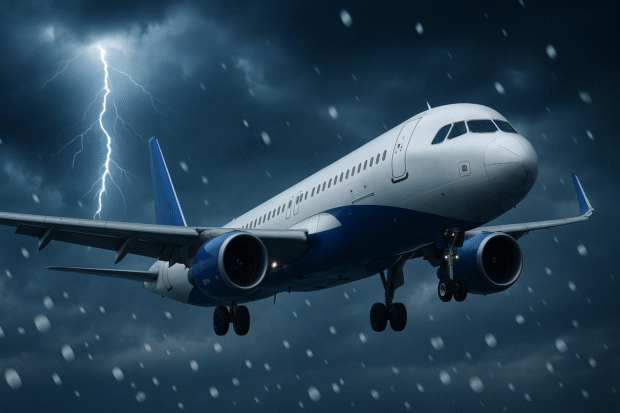

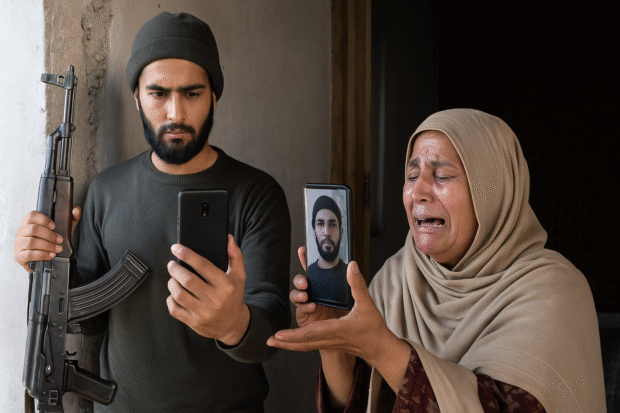
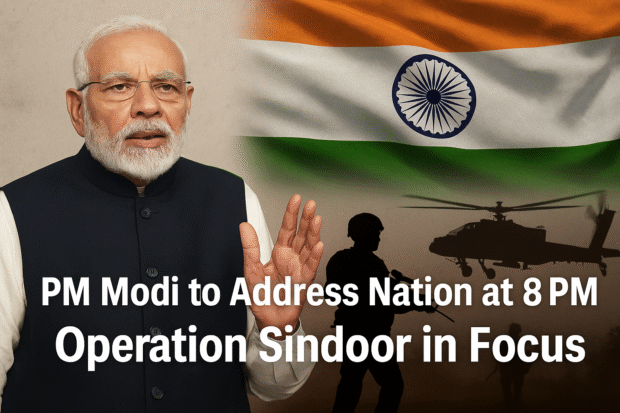




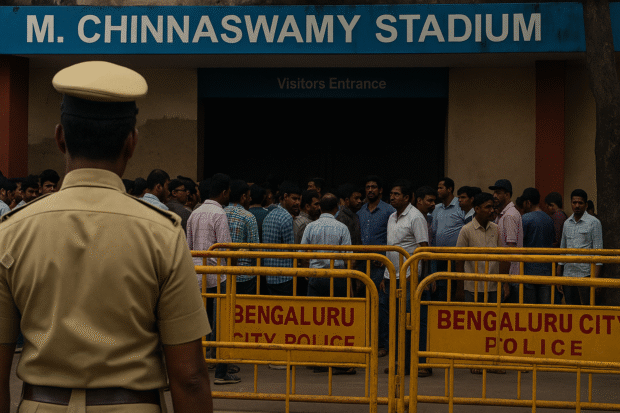
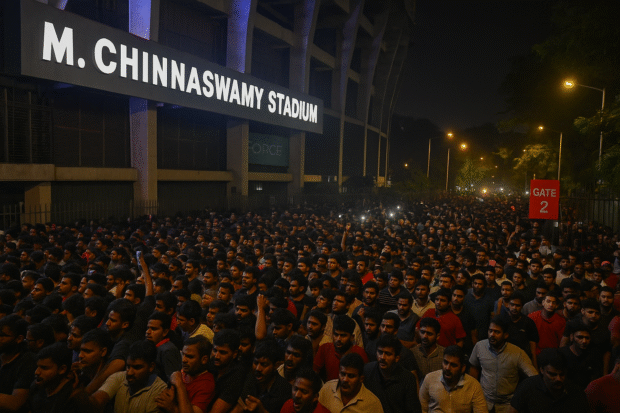

Be the first to leave a comment